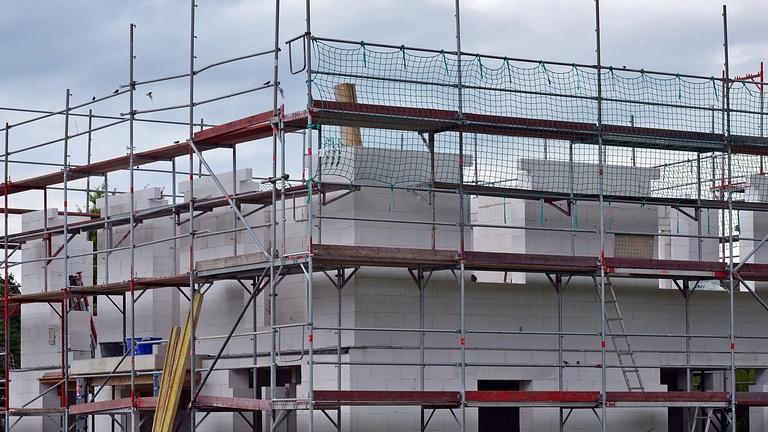
ADTO News
Innovations Shaping the Next Generation of Modular Scaffolding
As construction projects grow more complex and timelines become tighter, the scaffolding industry is undergoing a significant transformation. Modular scaffolding systems—known for their adaptability, precision engineering, and enhanced safety—are at the center of this evolution. New technologies and smarter designs are redefining how project teams plan, assemble, and operate scaffolding on-site.

Smarter Designs for Greater Flexibility
Modern modular systems are being engineered to adapt to irregular building shapes, tight urban spaces, and multi-phase construction workflows. Unlike traditional scaffolding, modular components can be arranged in countless configurations, allowing teams to assemble structures that align precisely with project demands. This flexibility reduces on-site adjustments and accelerates setup time.
Lightweight Materials with High Strength
Advances in materials science are leading to lighter yet stronger components. Aluminum-alloy frameworks, high-strength steel, and hybrid systems offer improved load capacity without adding weight. These upgrades reduce worker fatigue, simplify transportation, and streamline installation—critical benefits for high-rise and large-scale projects.
Faster Assembly Through Precision Manufacturing
Manufacturers are investing in tighter production tolerances and improved connection systems. As a result, modular scaffolding now fits together more intuitively, with components locking into place with greater accuracy. This reduces assembly errors, enhances structural reliability, and cuts down on installation time—a major advantage for projects operating under strict timelines.
Digital Tools Supporting On-Site Efficiency
Building Information Modeling (BIM) and digital planning tools are increasingly used to map out scaffolding structures before installation begins. Virtual modeling helps project teams identify hazards, calculate loads, and optimize material usage. These tools also support more accurate cost estimation and reduce unexpected adjustments during construction.
Integrated Safety Enhancements
Safety innovations continue to shape the future of scaffolding. New guardrail designs, reinforced platforms, anti-slip surfaces, and automated locking mechanisms help minimize risk during assembly and use. Many modular systems now include built-in fall protection interfaces, improving safety compliance while supporting more efficient workflow.
Sustainable Manufacturing and Reusability
Sustainability is becoming a major driver in scaffolding development. Modular components are designed for long-term reuse, reducing material waste across multiple projects. At the same time, recyclable materials—particularly aluminum—are gaining traction as builders look for environmentally responsible solutions without compromising performance.
Conclusion
From advanced materials to digital construction planning, modular scaffolding systems are shaping a new era of efficiency and safety in the construction industry. As these innovations continue to evolve, project teams can expect faster setup times, more versatile configurations, and safer working environments.
For reliable modular scaffolding solutions that align with the future of construction, many professionals trust adtomall for quality, innovation, and global support。


 Live Chat
Live Chat
